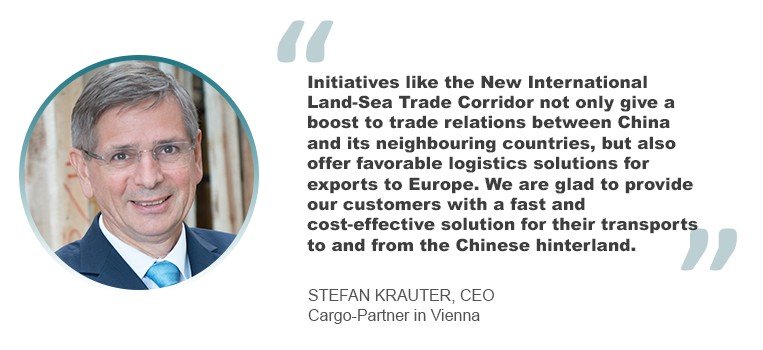Supply chain disruptions and stratospheric rates are prompting shippers to look to alternative modes of transportation to get their goods to market, but the same problems also hamper modal shifts.
Disruptions have become a routine occurrence for many shippers over the past 14 months. A report published in May that was based on a survey of US and European business leaders found that 45% reported significant disruption of their supply chain in the wake of Covid-19, often with significant financial impact.
The authors of the study, which was commissioned by GEP Worldwide, a provider of supply chain and procurement software, made it clear that the pandemic itself, while a significant factor, was not the only disruptive force. They also pointed at cybercrime, commodity pricing fluctuations, diverging regulations and trade conflicts.
Those surveyed also indicated that they expect disruptions to become more common.
Shippers have voiced frustrations over service problems for ocean shipments. Their litany of woes stretches from a shortage of available containers over rolled shipments to lengthy delays due to congestion at ports.
The financial repercussions have been severe. The US Agriculture Transportation Coalition estimates that the shortage of containers to ship produce overseas has cost the US agriculture and food industry US$1.5 billion in lost exports, plus hundreds of millions of dollars in charges.
Commodity Forwarders, a Kuehne + Nagel company, has seen a marked increase in inquiries for air transportation from perishables shippers that normally use ocean carriers, reported Chris Connell, senior vice president for perishables, North America, in Los Angeles. Not many of these result in bookings, as the price of airfreight often comes as a shock, he said. If the final retail price of a fruit or vegetable goes too high, consumers will substitute it with something else, he explained.
For the most part, North American perishables growers and packers have pivoted to the domestic market, which has been strong. Besides the strength in demand, the reduced risk of shipments spoiling in transit has been a major appeal.
Shippers are under pressure to reduce their costs. The GEP study found that one-third of the respondents reported significant increases in operating costs because of supply chain disruptions.
As a result of these problems, the emphasis on speed has lost ground to an increased focus on resilience. Nearly two-thirds (60%) of the respondents agreed with the statement that redundancy and resilience were more important in their supply chain than speed and efficiency.
For Asian shippers exporting to Europe, rail transport has become more attractive. According to one forwarder, it has become so popular that it is hard to find space, although companies have added services.
In April, Vienna-based forwarder Cargo-Partner unveiled a hybrid solution that combines rail and sea transport. This utilizes daily rail service from western China via the hub in Chongqing to ports in southern China with transit times of around 36 hours.
“Initiatives like the New International Land-Sea Trade Corridor not only give a boost to trade relations between China and its neighbouring countries, but also offer favorable logistics solutions for exports to Europe. We are glad to provide our customers with a fast and cost-effective solution for their transports to and from the Chinese hinterland,” said Cargo-Partner CEO Stefan Krauter.

According to the forwarder, this combined mode service offers door-to-port transit times that are at least 7-10 days shorter than by barge and 30-50% of the cost of road transport.
For some traffic from Asia to Latin America, Rhenus Logistics has developed a sea-air solution that funnels traffic through gateways in the southern US. The cargo is shipped by ocean to gateways in the southern US and then flown to Brazil, Argentina and Chile.
Jeff Cullen, CEO of Rhenus Logistics Canada, said that his company has seen a surge in demand for this service.
Shippers used to ocean freight have tried to beat the congestion on the US West Coast by routing their traffic through the US East Coast instead, but those gateways have also struggled with congestion. At this point, operators are looking increasingly to US ports in the Gulf of Mexico region.
Imports through these gateways climbed 13% last year. The port of Mobile reported a 5% gain in imports from Asia last year, which accelerated to 15% growth in the first quarter of 2021. The port is looking to boost the share of its traffic to moves to the US interior from currently 5-10% to 15-20%.
For some shippers the high cost of air freight has not really dented the validity of going by air. The quarterly DHL Hong Kong Air Trade Leasing Index published at the beginning of April, which surveyed 600 Hong Kong-based companies that focus on air freight, found that 70% still preferred bearing a higher cost to taking alternative modes of transport, lowering their trade volume or delaying shipments.
Ian Putzger


